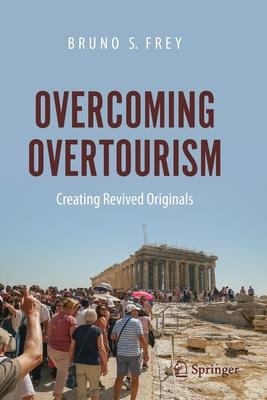Cultural Overtourism is a comparatively new term, and refers to historical sites, museums and places that are extremely crowded by tourists; hence, a type of tourism that has negative effects on both the cultural sites and the people who live there. This problem has sparked more and more protests. Accordingly, many cultural institutions and cities are now taking measures to limit the flow of tourists.
In this book, Bruno S. Frey - a renowned and frequently cited economist - suggests, on the contrary, an extension of the supply of cultural sites in the form of "Revived Originals". By this he means the erection of identical replicas of the most important buildings at a suitable nearby location. In addition, digital information technologies (augmented and virtual reality including holograms) can be used to immerse visitors in the history and culture of the newly established sites, while adjacent hotels, restaurants and shops provide the necessary accompanying infrastructure. In this way, the flow of tourists can be distributed between the original site and the Revived Original. This book outlines the "Revived Originals" concept, discusses the organisational and economic challenges it entails, and contrasts it with existing Disneyland concepts. Especially for families with children or people who have little interest in culture - i.e., for the majority of visitors - these places can be very attractive.
This book will appeal to anyone interested in alternative forms of tourism, as well as political and administrative decision-makers looking for new solutions to cultural overtourism.
